

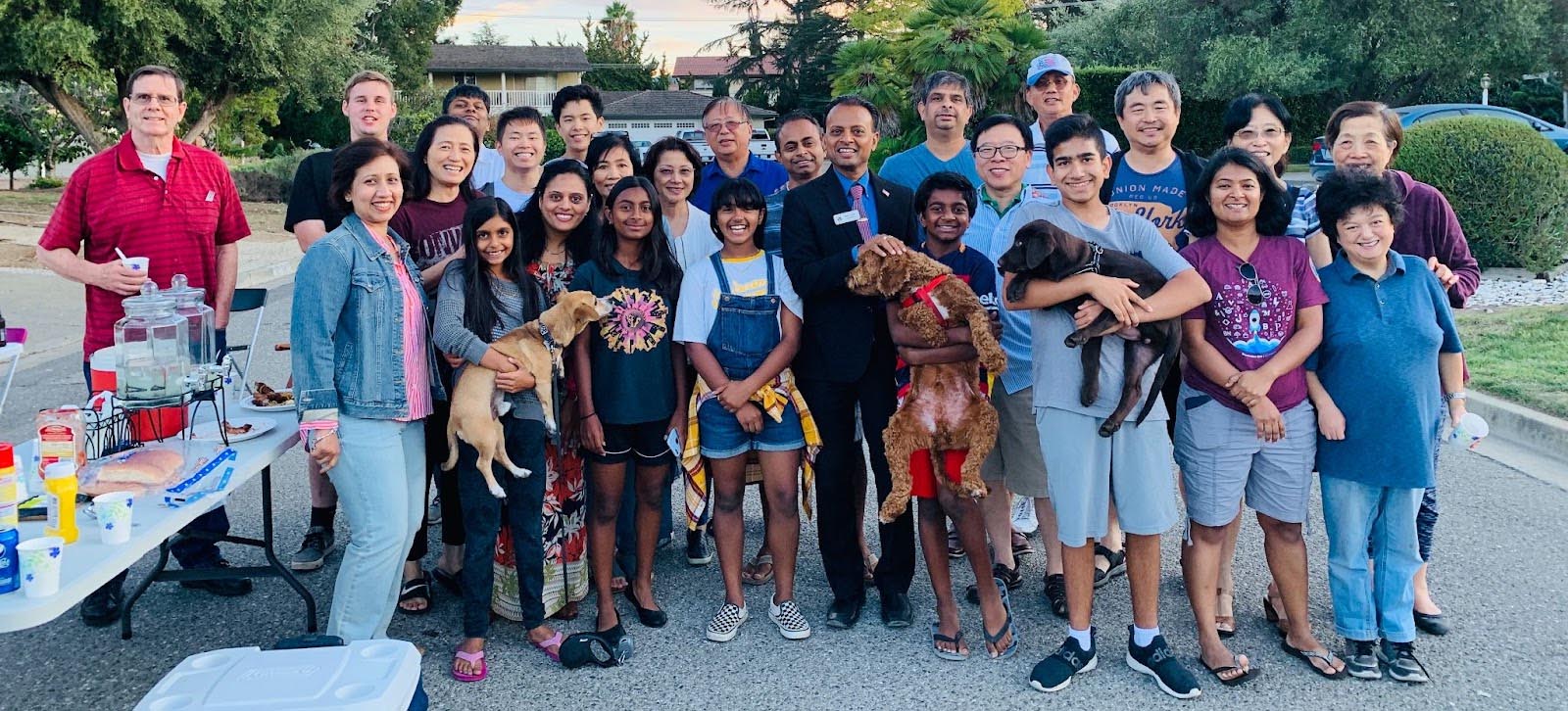
In the scorching heat of a summer day in May 2016, Rishi Kumar and his wife Seema were going door to door talking to neighbors in the Wardell neighborhood of Saratoga about an upcoming neighborhood safety meeting organized by a resident. To spread the word, Rishi had printed a meeting invitation and began walking the neighborhood of about 250 homes. Seema, realizing the enormity of the task, decided to join the effort. That was the start of Rishi’s innovative and bold approach as a crime fighter that would not only enhance the safety of his neighbors, but also transform his city’s approach to tackling crime.
Rishi's run for Congress today is an attestation of his leadership to not only identify the tough challenges impacting his community, but also to deliver results. His extraordinary journey of activism and success, marked by a staggering 50% reduction in burglaries, paints a picture of a people’s leader who is not only relentless and resourceful, but also courageous in tackling daunting challenges. The strategies Rishi employed have the potential to become a groundbreaking blueprint for crime prevention in every neighborhood.
Crime today is at the top of people's minds. A recent report published earlier this July by Calmatters highlighted a growing concern among Californians regarding the rise in crime. Additionally, a 2022 PPIC Statewide Survey revealed that two-thirds of Californians consider violence and street crime in their area to be problematic, with a significant 31% labeling it as a major issue. Prior to the pandemic, California's violent crime rate was on par with the national average. However, the gap has today widened dramatically, jumping from a 15% difference in 2019 to 31% in 2022. Yes, we have a problem!
Rishi's path to fighting crime began long before this Wardell neighborhood meeting, tracing back to 2004. It was triggered by a burglary in his neighborhood when Rishi wasn't yet a member of the city council or a neighborhood leader. Witnessing his neighbors' frustration at a city council meeting, where the council members put the onus back upon them, Rishi felt compelled to act. "I believed that we needed to do more than just punting the problem. I wasn't sure of the exact steps, but I knew I had to do something," he reflected.
In the following months, Rishi explored various options. He established a neighborhood website, an email group, and compiled a list of practical safety tips. His aim was to equip his neighbors with the knowledge and resources they needed for effective crime deterrence. Embarking on a door-to-door campaign in his neighborhood to raise awareness about recent incidents, Rishi encountered a rather tepid response. Convinced that more substantial and persuasive measures were needed, Rishi researched and discovered the Neighborhood Safety Watch (NSW) as a potent tool for improving neighborhood safety.
Setting up the NSW program was challenging. The program, laden with obstacles and complexities tested Rishi, and some of his neighbors expressed doubt. Undeterred, he engaged in recruiting block captains, collaborating with the sheriff, and organizing neighborhood meetings to discuss various options and remedies. Teaming with his neighbor, Clark Miller, Rishi invested time and energy into the NSW certification process. They divided the neighborhood into smaller zones, each managed by a resident Block Captain entrusted with communicating with their subset of neighbors. Rishi and Clark hosted multiple meetings with the neighbors at the public library. The sheriff team saw a motivated team and encouraged them to forge ahead.
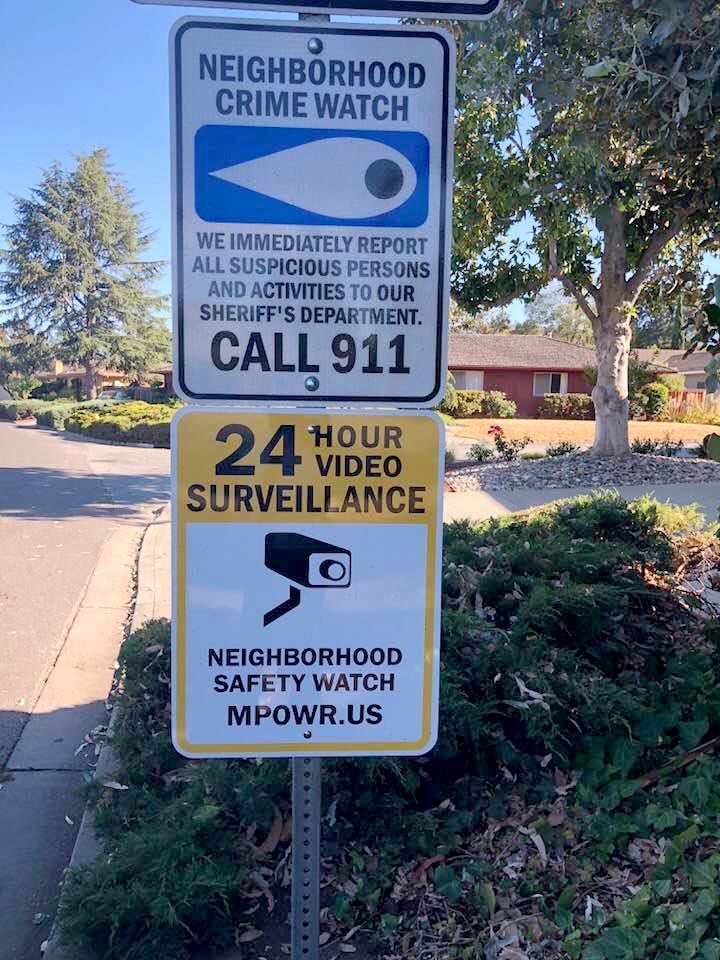 Rishi looked back with fondness on a pivotal moment: the day the NSW sign was planted in the neighborhood, marking the successful certification of the program in his neighborhood. “Seeing the sign go up filled me with excitement. It represented the collective will of our neighbors and a symbol of our converged action. It fostered connections among neighbors who had previously been strangers for decades. Our neighborhood had changed for the better!” The results were stellar: with the spotlight on crime, the neighborhood experienced a noticeable decrease in burglaries, car break-ins and mailbox thefts. A bonus of this collaboration was the repaving of neighborhood roads, something that hadn't been done for decades. Rishi was delighted –– "People often say community service is thankless, but I genuinely enjoyed reading the heartfelt love letters of appreciation left in my mailbox from happy neighbors. It fired a zeal in me to continue doing good in spite of the odds”
Rishi looked back with fondness on a pivotal moment: the day the NSW sign was planted in the neighborhood, marking the successful certification of the program in his neighborhood. “Seeing the sign go up filled me with excitement. It represented the collective will of our neighbors and a symbol of our converged action. It fostered connections among neighbors who had previously been strangers for decades. Our neighborhood had changed for the better!” The results were stellar: with the spotlight on crime, the neighborhood experienced a noticeable decrease in burglaries, car break-ins and mailbox thefts. A bonus of this collaboration was the repaving of neighborhood roads, something that hadn't been done for decades. Rishi was delighted –– "People often say community service is thankless, but I genuinely enjoyed reading the heartfelt love letters of appreciation left in my mailbox from happy neighbors. It fired a zeal in me to continue doing good in spite of the odds”
Fast forward to May 2016, as a newly elected councilmember, Rishi was getting acclimated to his role when he noticed a troubling increase in residential burglaries, which had doubled since 2012. In his quest for advice, he reached out to his more experienced council colleagues. They emphasized the city's excellent safety record and an emphasis on personal responsibility by residents to protect their home. But, Rishi felt something could be done! This belief was reinforced by conversations with neighbors who shared stories of their sleepless nights following home break-ins, and how that intrusion bothered them for months.
Coincidentally and fortuitously, Rishi was invited by a Wardell neighborhood member to discuss neighborhood safety. During the meeting, Rishi talked about the issue of crime and safety measures with the small assembly of five neighbors who had gathered. His overt action-driven optimism had an infectious effect on the attendees though. The meeting concluded successfully with the recruitment of a new neighborhood leader, Larry Roben, who had lived in the neighborhood for many decades.
As Rishi strolled through the Wardell neighborhood ahead of the meeting, he had observed several old NSW signs. These old signs were reminders of programs that had become inactive, partly due to the absence of a structured support model from the city. Rishi saw an opportunity and realized it was time to breathe new life into the city’s NSW program.
Rishi joined forces with Larry to rejuvenate Wardell’s NSW program. They organized planning sessions at Larry’s home, using a neighborhood map and detailed street references to strategize the program's revival. Rishi knew the power of persistence based on the success in his own neighborhood- "I was aware that this task wouldn't be straightforward as we needed to converge the neighborhood sentiments. I helped Larry, a senior community member, in establishing smaller bite-sized chunks aka NSW zones within Larry’s neighborhood. We spent many hours at his kitchen table, making phone calls to recruit new block captains for these zones and convince them of this approach. We launched a neighborhood email group and leveraged it to organize multiple meetings with the neighbors. The meetings were a big hit as Larry’s wife served them delicious snacks in their cozy home. Slowly and sometimes painfully, we managed to recruit block captains for 50% of the neighborhood zones. We were on track!"
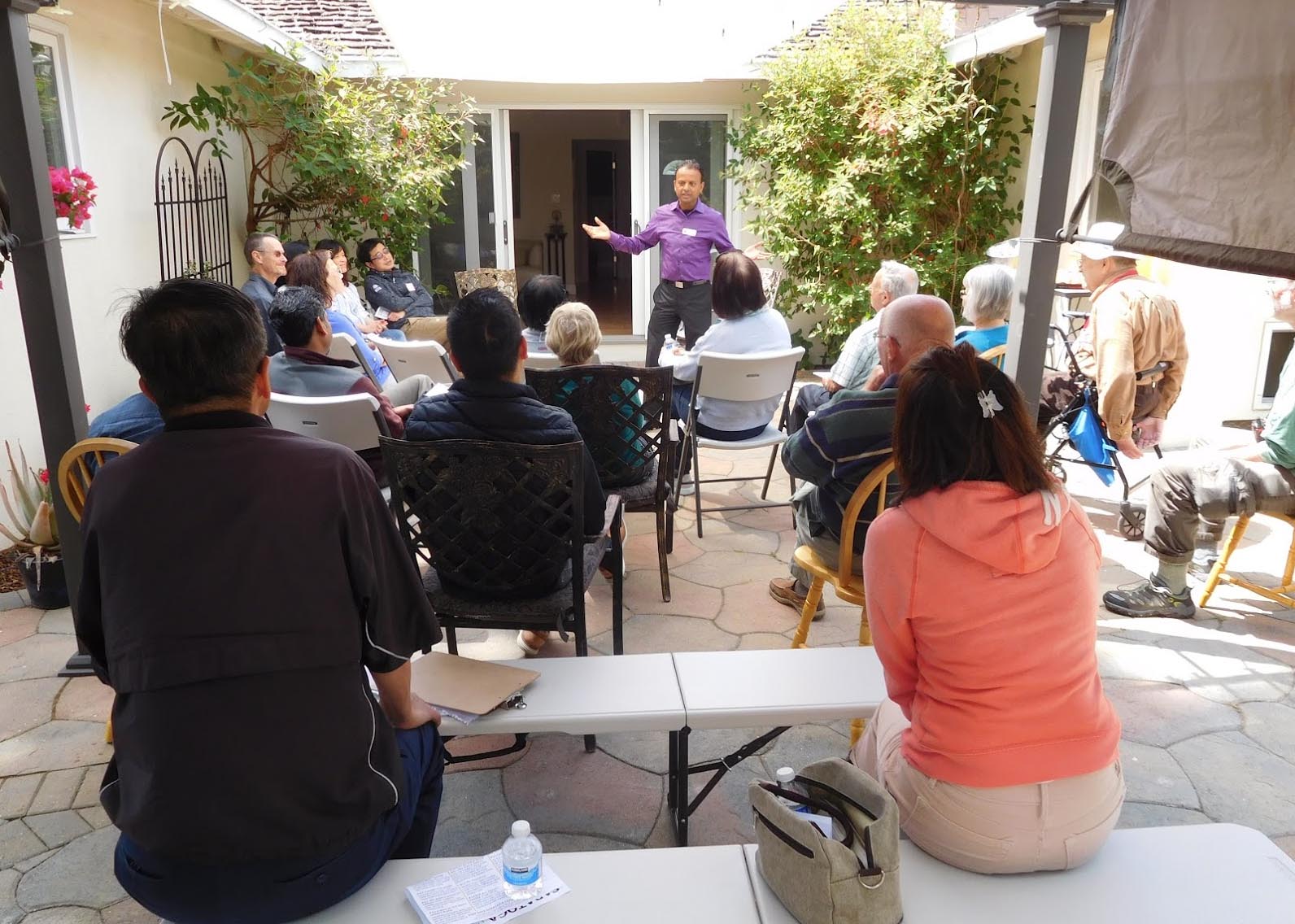 During a subsequent meeting in the neighborhood, Rishi tapped into the enthusiasm of sociable, extroverted residents who were fond of social gatherings to spearhead the organization of a neighborhood block party. He also identified a tech savvy volunteer to oversee the installation of surveillance cameras at key entry and exit points in the neighborhood. Collaboratively, Rishi and his friends created an affordable city-wide video surveillance pilot, which involved developing software for secure cloud data storage accessible only to the sheriff's team. Within just a few months, Larry’s initiative had fostered a level of connection and vibrancy in the neighborhood that hadn't been seen in decades.
During a subsequent meeting in the neighborhood, Rishi tapped into the enthusiasm of sociable, extroverted residents who were fond of social gatherings to spearhead the organization of a neighborhood block party. He also identified a tech savvy volunteer to oversee the installation of surveillance cameras at key entry and exit points in the neighborhood. Collaboratively, Rishi and his friends created an affordable city-wide video surveillance pilot, which involved developing software for secure cloud data storage accessible only to the sheriff's team. Within just a few months, Larry’s initiative had fostered a level of connection and vibrancy in the neighborhood that hadn't been seen in decades.
Rishi's success in the Wardell neighborhood drew the attention of adjacent neighborhoods, who invited Rishi to meet the neighborhood. In these gatherings, Rishi addressed the challenges, created a strategic plan, and recruited and trained new leaders to launch their neighborhood’s NSW programs. Collaborating with his interns, led by twins Isha and Rohan Mehrotra, Rishi crafted a simple playbook. This playbook was for launching NSW programs and hosting successful neighborhood meetings. It included managing the outreach needed for a good turnout and outlined nearly every step in detail. The playbook was enhanced with innovative ideas contributed by Isha and Rohan, and many neighborhood leaders.
Rishi understood that the imperative was to develop a scalable, consistent, and easily replicable framework to rapidly expand Saratoga's NSW programs. He simplified the NSW certification process into 10 easy to follow steps, provided a certification template to simplify the process for leaders.. Rishi and his team of interns were accessible and available to provide any help, and handled the certification gating factors to accelerate and alleviate the process.
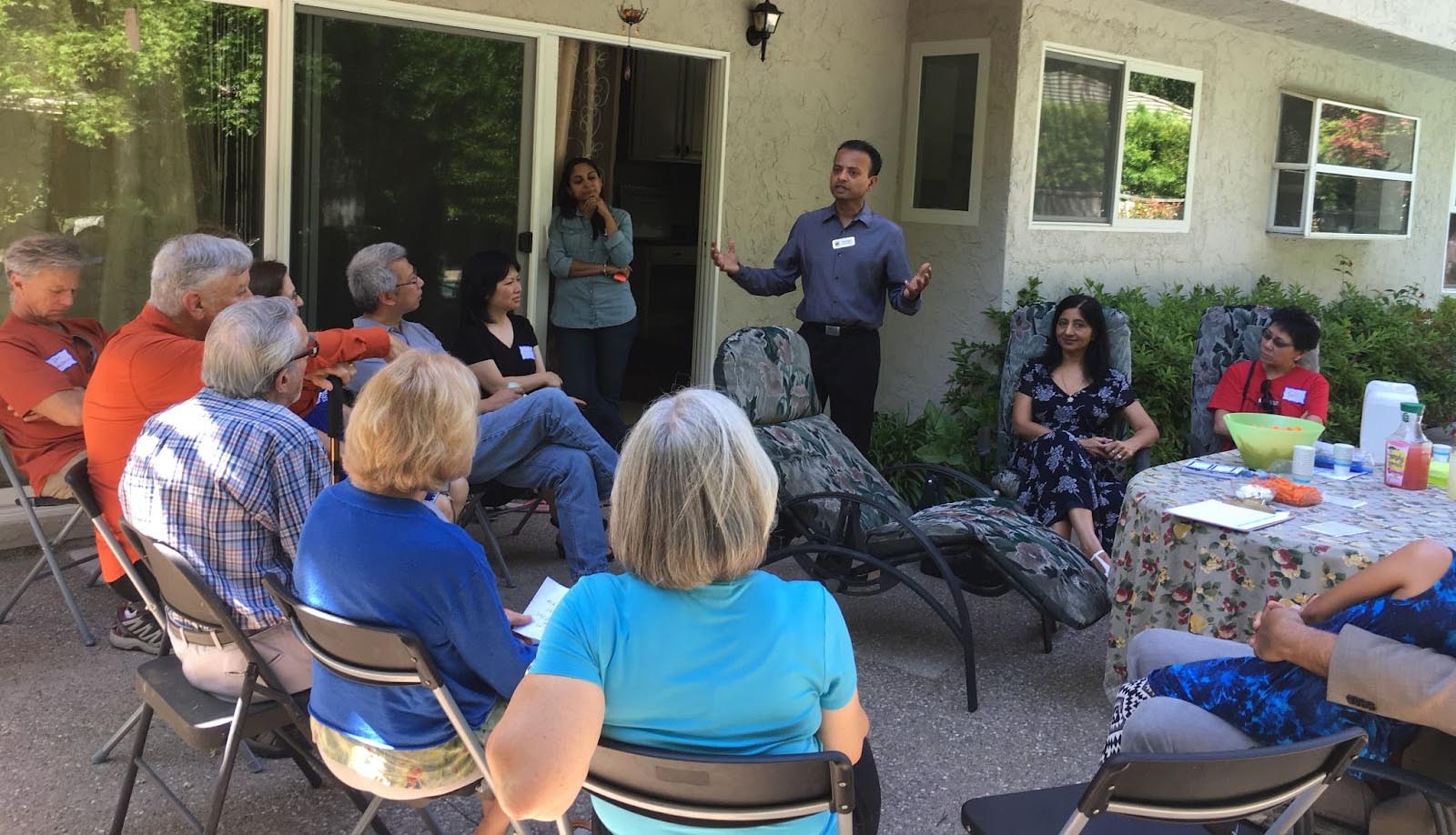
Reflecting on his efforts, Rishi shared, “Scaling the model was crucial. I created a 'Top 25 Safety Tips' document for distribution at meetings, which included essential practices like locking fence gates and installing deterrents like camera doorbells. On a whim, I reached out to Ring.com for a discount. Surprisingly, their CEO offered a 30% discount for Saratoga residents. I shared this on Nextdoor and, during my neighborhood visits, noticed that hundreds of families had installed Ring.com doorbells.”
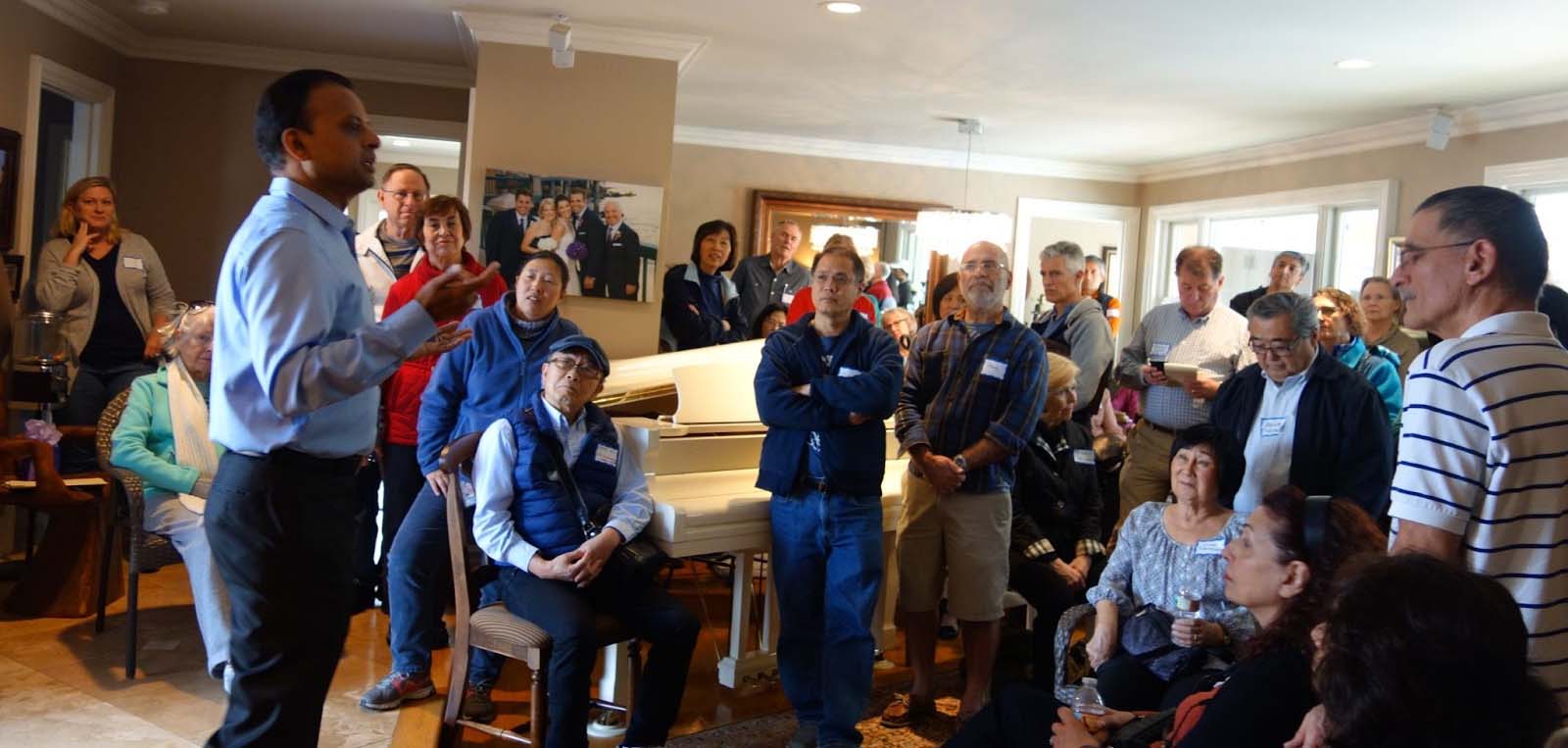 Discussions about burglaries on Nextdoor further increased community involvement. Rishi was now widely recognized and warmly greeted during his door-to-door visits, with many volunteering to help distribute flyers. Rishi was now the city’s crime safety catalyst, the face of NSW programs and his weekend calendar was packed meeting neighborhoods.
Discussions about burglaries on Nextdoor further increased community involvement. Rishi was now widely recognized and warmly greeted during his door-to-door visits, with many volunteering to help distribute flyers. Rishi was now the city’s crime safety catalyst, the face of NSW programs and his weekend calendar was packed meeting neighborhoods.
Only a few weeks following the Wardell neighborhood meeting, a bold burglary occurred in the Congress Springs Park neighborhood, leading to a meeting of 63 concerned neighbors standing elbow to elbow packed in a living room on a chilly morning. Paula Grassi, a concerned neighbor, had personally delivered over 250 invitations to her neighbors, while emphasizing the gravity of the situation during conversations. This important meeting bridged usual neighborhood divides, bringing together both young and senior families. Amidst fervent discussions and quite a bit of venting, Rishi detailed the burglars' tactics, the modus operandi, and proposed actionable steps for residents to enhance the safety of their homes and families. A strong sense of solidarity and shared purpose took root. This meeting signified a crucial turning point in Saratoga’s stand against crime, demonstrating the formidable impact of taking constructive steps.
The mobilization of thousands of concerned neighbors captured the attention and backing of Rishi’s peers on the Saratoga city council. Rishi's safety initiative was highlighted at a major NSW certification event at City Hall in October 2016, with 29 neighborhoods participating. Interestingly, 28 of the 29 NSW programs had been launched by Rishi’s push.
The city council agreed to agreed to fund the program and assign a dedicated staff member for its maintenance. In a 2017 news piece, Mayor Emily Lo endorsed the program's effectiveness, saying, “With (so many) Neighborhood Watch groups in Saratoga, our community has sent a clear message that we won’t sit by idly in the face of criminal activity,”
Ultimately, Rishi's efforts transformed the city council’s approach to public safety. Yet, the question remained: would these efforts result in decreased crime? Rishi was confident in the model's effectiveness and openly optimistic about its outcomes.
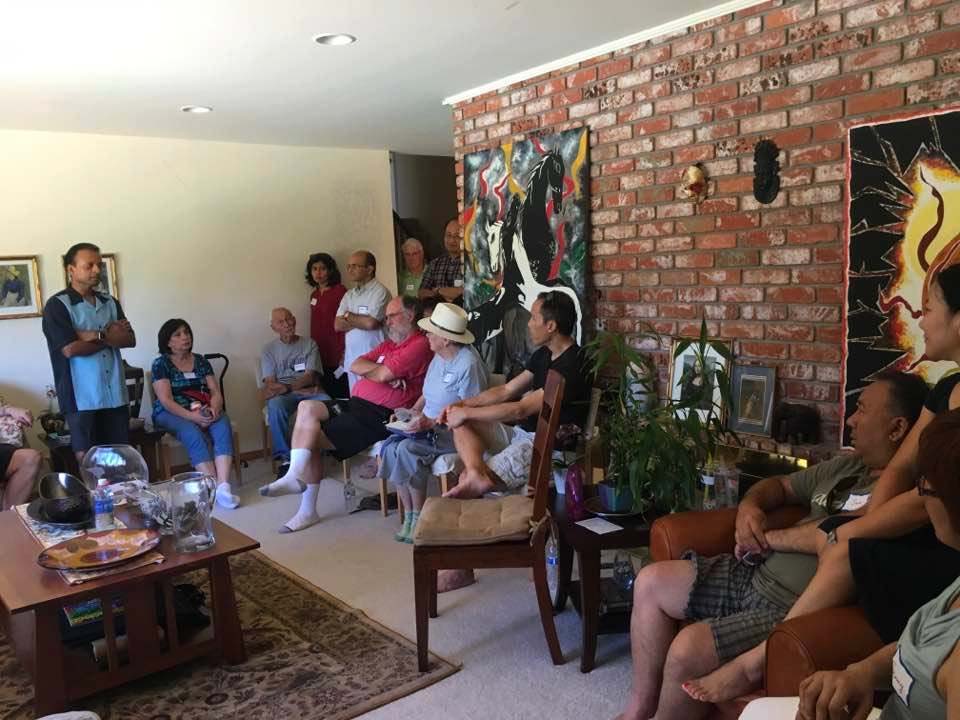 In just a year, Saratoga witnessed a remarkable increase in its certified and active NSW programs reaching over 70, demonstrating the community's robust engagement and leadership. The city saw more than 300 neighborhood leaders stepping up and taking charge. Crime dropped!
In just a year, Saratoga witnessed a remarkable increase in its certified and active NSW programs reaching over 70, demonstrating the community's robust engagement and leadership. The city saw more than 300 neighborhood leaders stepping up and taking charge. Crime dropped!
Santa Clara County Sheriff’s Captain Rich Urena said in a Mercury News article - “Saratoga’s drop in those kinds of burglaries is absolutely related to its recently revitalized Neighborhood Watch program.” He attributed the substantial 50% reduction in residential burglaries to the neighbors organizing. This decrease was unprecedented in Saratoga's history.
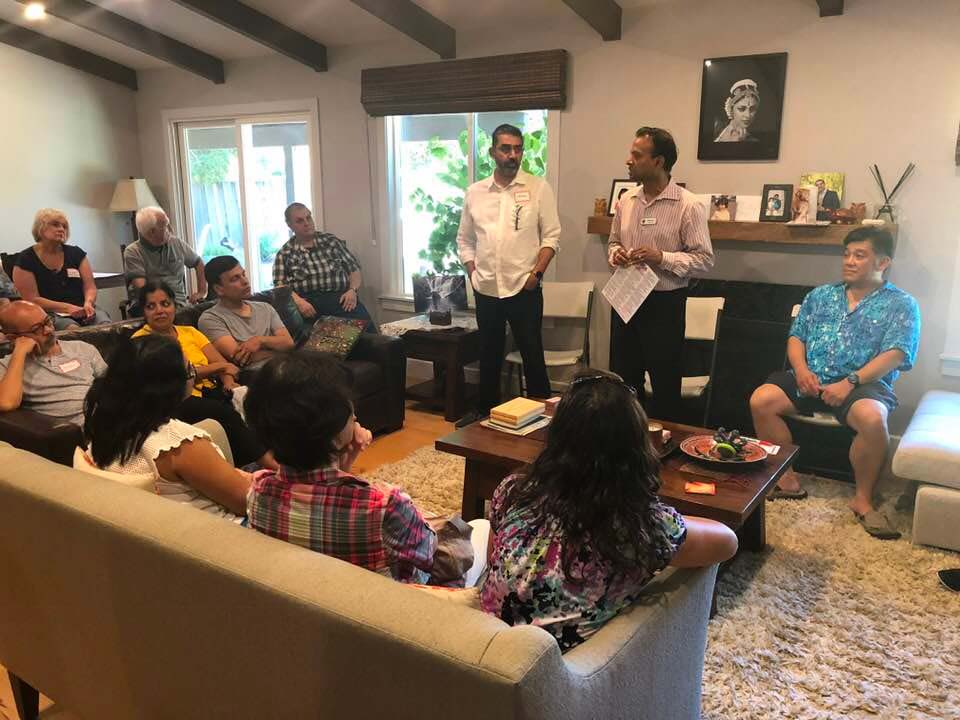 Former Saratoga Mayor Stan Bogosian, a key advisor and mentor to Rishi in his safety initiatives, summarized Rishi's impact, saying, "Rishi has breathed new life into neighborhood watch programs and motivated the residents of Saratoga through his adept use of technology and a genuine personal engagement with the community."
Former Saratoga Mayor Stan Bogosian, a key advisor and mentor to Rishi in his safety initiatives, summarized Rishi's impact, saying, "Rishi has breathed new life into neighborhood watch programs and motivated the residents of Saratoga through his adept use of technology and a genuine personal engagement with the community."
Ray Froess, a prominent figure in the Miljevich neighborhood, initiated both the NSW program and an annual block party. He observed,“Neighborhood Watch started as security, but it clearly is much more than that. We established a sense of community, of belonging, of real concern for each other. We live in a wonderful area; great climate, housing, shopping, culture, technology and freedom. Developing a community is frosting on the cake.”
Ben Connors, from Meadowbrook Neighborhood Watch, appreciated the NSW launch for enhancing neighborhood safety awareness and fostering community connections. “We’ve used our Neighborhood Safety Watch to organize a neighborhood block party. In the summertime we get everyone together, and … this platform gives an excuse and an easy way to get everyone together and have a hot dog and a coke, and meet your neighbors.” Pat McRobers, a block captain in the same neighborhood added. “I met all my neighbors, and that was the best part. A lot of people are really busy; they drive their car into their garage, close the door and go inside.”
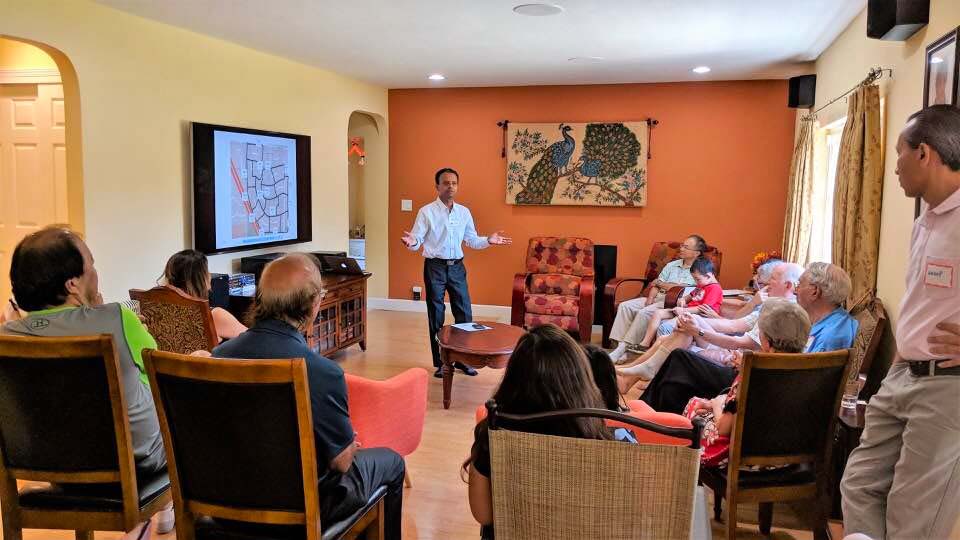
Lance Agee, a neighbor of Rishi, expressed his strong support with a spirited thumbs up. “I have lived in Saratoga since 1975 and see Rishi as the one who understands what is important to the community and works endlessly for us. His concern for the safety of Saratoga has greatly expanded the number of neighborhood watch programs and security cameras in the area.”
Rishi Kumar, reflecting on the success, shared, "Our focus was always about empowering our residents and neighborhood unity. It's amazing to see how our neighborhoods transformed when people came together with a common purpose. This is what effective, proactive community action looks like. It was an honor to team up with so many new leaders within our city."
Today, the achievements of 2016 still profoundly impact Saratoga, maintaining low crime rates and boosting community camaraderie and trust. Rishi observed, "Our efforts transcended mere crime reduction; we focused on fostering a community where everyone looks out for each other. The benefits are ongoing – our crime rates annually have consistently stayed 50% lower than they were in 2016 largely due to a vigilant and connected neighbors."

The implementation of these programs has changed Saratoga’s culture. Funding and formalizing the NSW program has been key to its continued vitality and effectiveness. The Sheriff's team today regularly hosts meetings with NSW program leaders to discuss safety initiatives. Additionally, the city launched a crime stats web page which is regularly updated providing residents with access to crime data and reports. Inspired by Rishi's successful neighborhood surveillance camera initiative, the city has now taken a proactive step by deploying a network of Automatic License Plate Recognition (ALPR) cameras throughout the city.
Rishi shared his final thoughts, “There's a nostalgia by some of our neigbors for the days when it wasn't necessary to lock our doors. But times have changed. We have to stay cautious without allowing fear to take over. It's vital to look out for one another, get to know our neighbors, and avoid living in isolation. There are many more block parties happening today, uniting residents and reinforcing community ties. I enjoy the good food and great conversations at these gatherings. We have elevated the happiness of our neighbors and that is a beautiful thing”